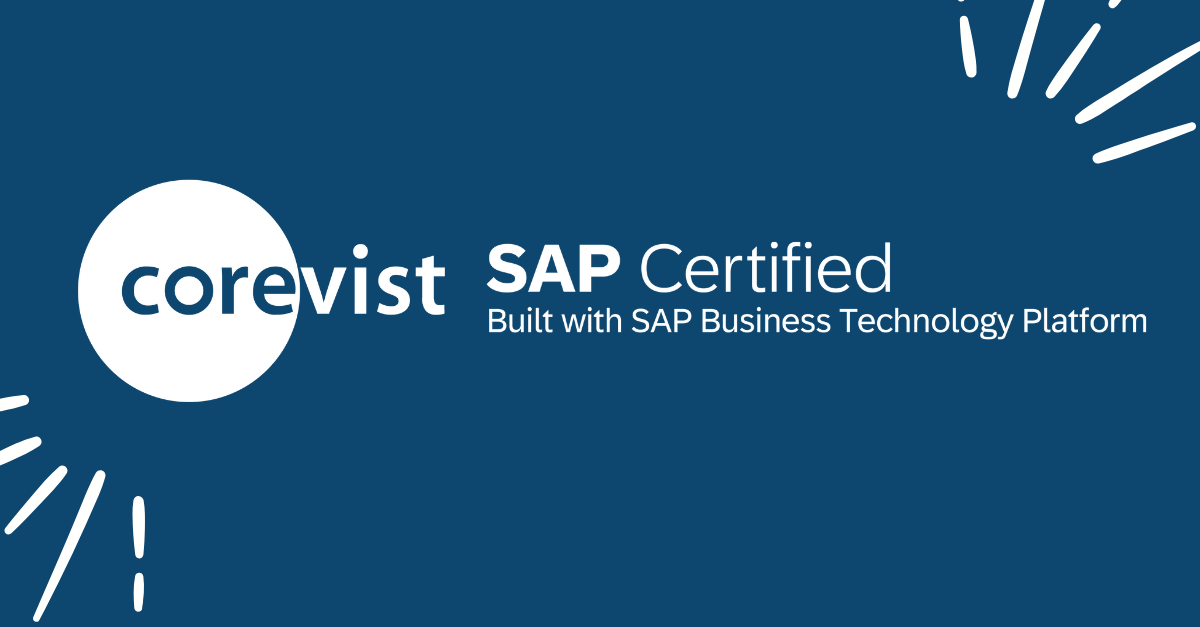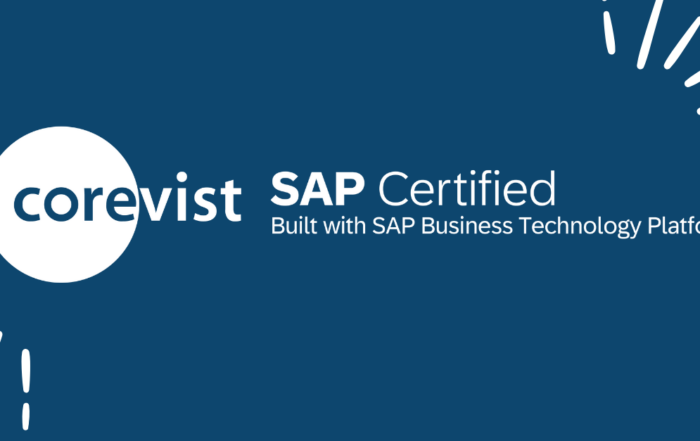Share
Author
George Anderson
Share
What Manufacturers Can Learn From Distributors
Here on the Corevist blog, we’ve covered the idea that manufacturers should think like distributors when it comes to ecommerce. In a nutshell, the more value you offer the customer in one transaction, the “stickier” your ecommerce site becomes, and the more revenue you capture.
A recent article in DigitalCommerce360 validates this idea. The piece details the success of Watsco, a major distributor of HVAC equipment. Watsco’s ecommerce revenue grew 33% in 2018 over 2017, while total sales increased 5% over that period. Clearly, B2B ecommerce is working for this distributor.
In this post, we’ll frame the investments which Watsco made and the benefits they’re seeing. We’ll interpret each investment and benefit in terms of best practices for manufacturers.
Watsco’s B2B ecommerce investments
Better analytics
Watsco’s decision to invest in better analytics was a critical choice. Knowing what to monitor (and, of course, actually monitoring it) is key to success in B2B ecommerce.
But you need a goal before you can choose which metrics to monitor.
So what are your ecommerce goals? Here are a few which we commonly see:
- Get more existing customers to sign up for ecommerce.
- Equip Sales/CSRs to serve your highest-value customers with greater intelligence.
- Segment your customers by order frequency to better tailor your email campaigns.
- Document how your highest-converting customers get to your ecommerce site.
For details on each of these 4 goals, check out this post: 4 Ways To Run Smarter With B2B Ecommerce Analytics.
Product content
Watsco chose to invest in product content. This isn’t at all surprising for a distributor, since merchandising and showing related products is a critical tool for increasing basket value. But product content is key for manufacturer ecommerce, too. As we’ve covered elsewhere, B2B buyers desperately want online answers to their pre-purchase questions.
We all know this need in our personal lives. How many of us have spent far too much time on Amazon, reading the specs and reviews on competing products before making a decision?
While B2B buyers may not perform as much evaluation as consumers, they still need detailed information. The more you can provide in terms of photos, videos, testimonials, and documentation, the better.
Personalization
For manufacturers, personalization means more than just marketing emails that insert the customer’s first name automatically. Here’s what manufacturers should prioritize in personalization when it comes to their web channel:
- Contract pricing straight from SAP, associated with the customer’s account. This is essential to increase the stickiness of the ecommerce channel. If pricing is inaccurate, customers will be forced to go back to phone/fax/email ordering.
- Recommended products in the catalog. Think of this like the “Customers also bought” carousel on Amazon—except you can drive it many different ways. It could display products the customer frequently reorders; ancillary products associated with a major product; new products which you want to promote, and more.
- Product restriction by customer, sales area, etc. If you have any kind of product restriction in SAP (e.g. customer X is only allowed to buy from product list Y), you need to present those business rules in the ecommerce store. Corevist does this via pre-built, configurable, real-time SAP integration. More here: Personalized Picklists In SAP Ecommerce.
Benefits which Watsco is seeing
Reduced customer attrition rates
Watsco reduced customer attrition rates—and you can, too. The best way to approach this is to break “stickiness” into 4 stages:
- Onboarding—Driving first contact with the ecommerce site.
- Adoption—Turning ecommerce into “new normal” for the customer.
- Growth—Turning “new normal” into “net new revenue.”
- Retention—Keeping ecommerce healthy and valuable so customers won’t want to leave.
Read more here: Nailing The 4 Stages of B2B Ecommerce Stickiness.
Improved inventory quality
The article is a little vague on how exactly Watsco improved their inventory quality. However, manufacturers should still consider ways to improve customer experience around inventory issues. For example, displaying 100% accurate, real-time inventory/ATP calculations goes a long way to increasing customer trust and retention in the ecommerce store.
At Corevist, we show real-time inventory/ATP through our pre-built, configurable SAP integration. This ensures that every customer sees the inventory quantity which you want them to see—in real time, right in the web portal.
Exciting sales growth for customers using the new technology
Watsco’s experience of increased sales isn’t unique. We’ve seen this time and again when a client launches beautiful, functional ecommerce integrated to SAP. A stellar online experience really does lead to increased sales growth.
For more information, check out our webinar with Mannington Mills on driving sales with better user experiences (or download the case study below).
Moving forward: FREE case study
Wondering what B2B ecommerce looks like when a manufacturer steps up to the plate and takes a cue from distributors? Download this FREE case study on Mannington Mills. You’ll learn how this flooring manufacturer pursued an Amazon-like experience, got it with Corevist Commerce, and grew digital sales by 150%.
[want_more title=”Learn more” subtitle=”FREE Case study: 150% Sales Growth with Rich Content” description=”Learn how a leading flooring manufacturer more than doubled sales with a B2C-style catalog.” button_text=”Download Now” button_link=”https://www.corevist.com/mannington-mills/” button_class=”btn btn-primary mannington-ae” title2=”See it for yourself” subtitle2=”Talk to us” description2=”Curious what Corevist Commerce can do for you? Let us show you a personalized demo. You’ll see ecommerce with real-time SAP data.” button_text2=”Schedule Demo” button_link2=”https://www.corevist.com/demo/” button_class2=”demo-popup”]







